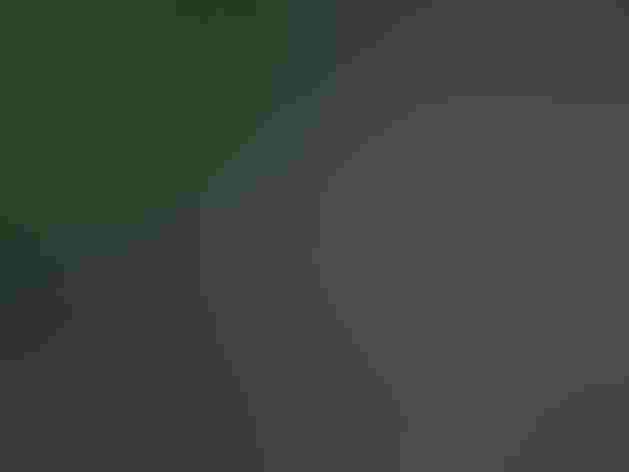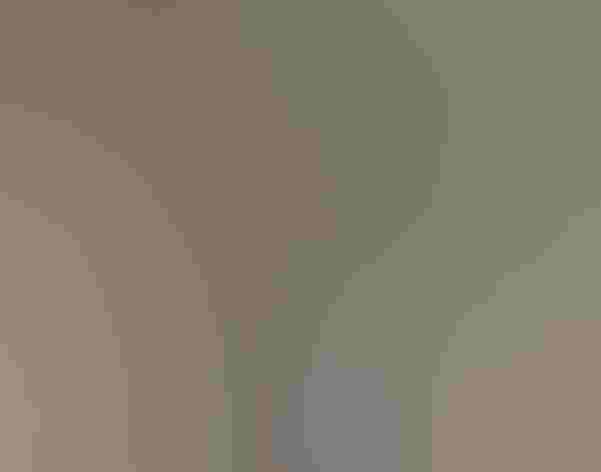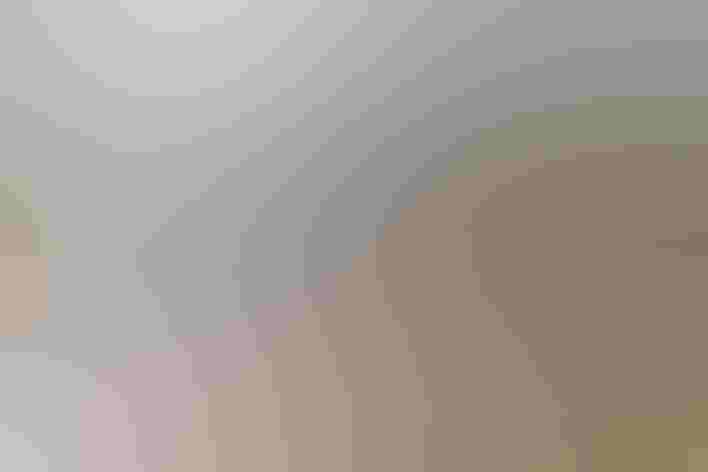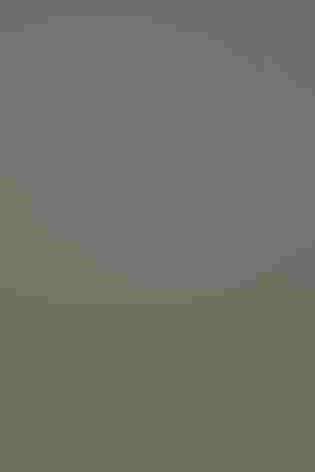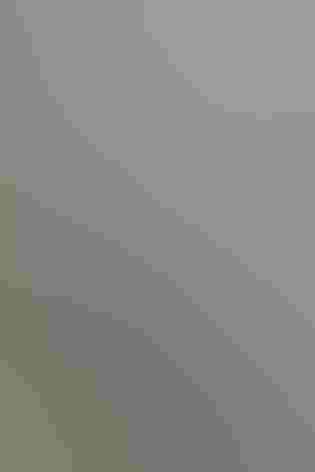Downy Woodpecker
At a Glance
The smallest woodpecker in North America, common and widespread, although it avoids the arid southwest. In the east this is the most familiar member of the family, readily entering towns and city parks, coming to backyard bird feeders. Its small size makes it versatile, and it may forage on weed stalks as well as in large trees. In winter it often joins roving mixed flocks of chickadees, nuthatches, and other birds in the woods.
All bird guide text and rangemaps adapted from Lives of North American Birds by Kenn Kaufman© 1996, used by permission of Houghton Mifflin Harcourt Publishing Company. All rights reserved.
Category
Tree-clinging Birds, Woodpeckers
Conservation
Low Concern
Habitat
Fields, Meadows, and Grasslands, Forests and Woodlands, High Mountains, Shrublands, Savannas, and Thickets, Urban and Suburban Habitats
Region
Alaska and The North, California, Eastern Canada, Florida, Great Lakes, Mid Atlantic, New England, Northwest, Plains, Rocky Mountains, Southeast, Southwest, Texas, Western Canada
Behavior
Flap/Glide, Rapid Wingbeats, Undulating
Population
13.000.000
Range & Identification
Migration & Range Maps
Permanent resident in many areas, but northernmost populations may move some distance south in winter. Some birds from the Rockies and other western mountains may move down to valleys in winter, and may move short distance south as well.
Description
6" (15 cm). White back, striped face, and very short, stubby bill. Note the black bars on white outer tail feathers. Male has red nape spot. In Rockies, less white spotting on wings.
Size
About the size of a Robin, About the size of a Sparrow
Color
Black, Red, White
Wing Shape
Broad, Rounded, Short
Tail Shape
Multi-pointed, Wedge-shaped
Songs and Calls
A quiet pik. Also a descending rattle.
Call Pattern
Falling, Flat
Call Type
Chirp/Chip, Drum, Rattle, Trill
Habitat
Forests, woodlots, willows, river groves, orchards, shade trees. Found in wide variety of habitats, from wilderness areas to second-growth woods to suburban yards, but generally favors deciduous trees. In far north and in mountains (areas dominated by conifers), restricted to groves of deciduous trees such as aspens or willows.
Sign up for Audubon's newsletter to learn more about birds like the Downy Woodpecker
Behavior
Eggs
4-5, sometimes 3-6. White. Incubation is by both sexes, about 12 days.
Young
Both parents bring billfuls of insects to feed the nestlings. Young leave the nest about 20-25 days after hatching, may follow parents around for a few weeks thereafter. 1 brood per year, possibly 2 in south.
Feeding Behavior
Can forage not only on trunks and major limbs of trees but also on minor branches and twigs (often climbing about acrobatically and hanging upside down), as well as on shrubs and weed stalks. Male and female forage differently at times, but this varies with place and season. Feeding on trees, does more tapping and excavating in winter, more gleaning from surface in summer.
Diet
Mostly insects. Feeds on a variety of insects, especially beetles and ants, also gall wasps, caterpillars, others. Also eats seeds and berries. Will eat suet at bird feeders.
Nesting
Male and female have separate feeding areas in fall and early winter, with pairs forming by late winter. Male and female take turns drumming loudly on dead limbs on their separate territories; male gradually approaches. Nest site is cavity (excavated by both sexes) in dead limb or dead tree, usually 12-30' above ground, sometimes 5-60'. Cavity entrance is often surrounded by fungus or lichen, helping to camouflage site.
Climate Vulnerability
Conservation Status
Very common and widespread, with no evidence of population declines.
Climate Threats Facing the Downy Woodpecker
Choose a temperature scenario below to see which threats will affect this species as warming increases. The same climate change-driven threats that put birds at risk will affect other wildlife and people, too.



